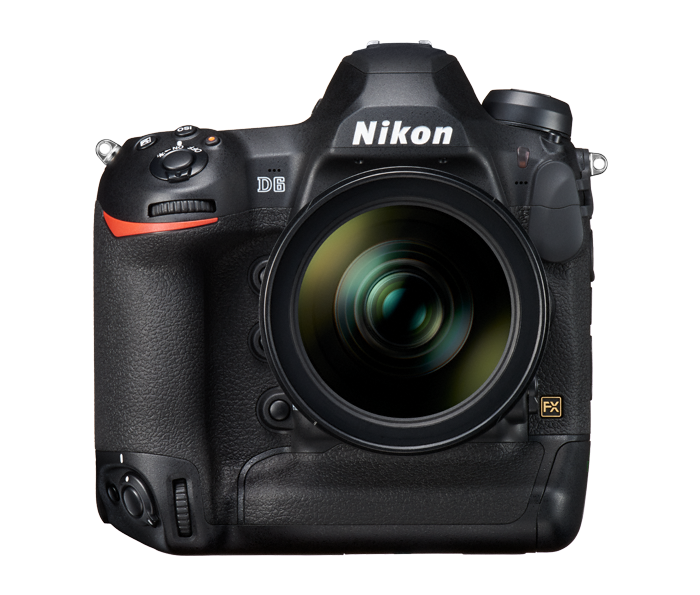DSLR stands for Digital Single Lens Reflex cameras, which are popular among photographers and enthusiasts for their advanced features and image quality. Here are some notes on DSLR cameras:

- DSLR cameras use a mirror and prism system to reflect light from the lens into the viewfinder, allowing the photographer to see the image that will be captured.
- They have interchangeable lenses, which means you can choose the right lens for the type of photography you’re doing. For example, wide-angle lenses are great for landscapes, while telephoto lenses are ideal for portraits or wildlife photography.
- DSLRs offer advanced manual controls, allowing photographers to adjust settings like aperture, shutter speed, and ISO to achieve the desired exposure and depth of field.
- They typically have larger image sensors than point-and-shoot cameras, resulting in better image quality and low-light performance.
- DSLRs often have faster autofocus systems, making them ideal for capturing fast-moving subjects like sports or wildlife.
- They can shoot in RAW format, which preserves all the image data captured by the sensor, allowing for greater flexibility in post-processing.
- DSLRs can be bulky and heavy, making them less portable than other types of cameras.
- They tend to be more expensive than point-and-shoot cameras, especially when you factor in the cost of lenses and other accessories.
- DSLRs require some learning and practice to use effectively, but once you master the basics, they can help you take your photography to the next level.
